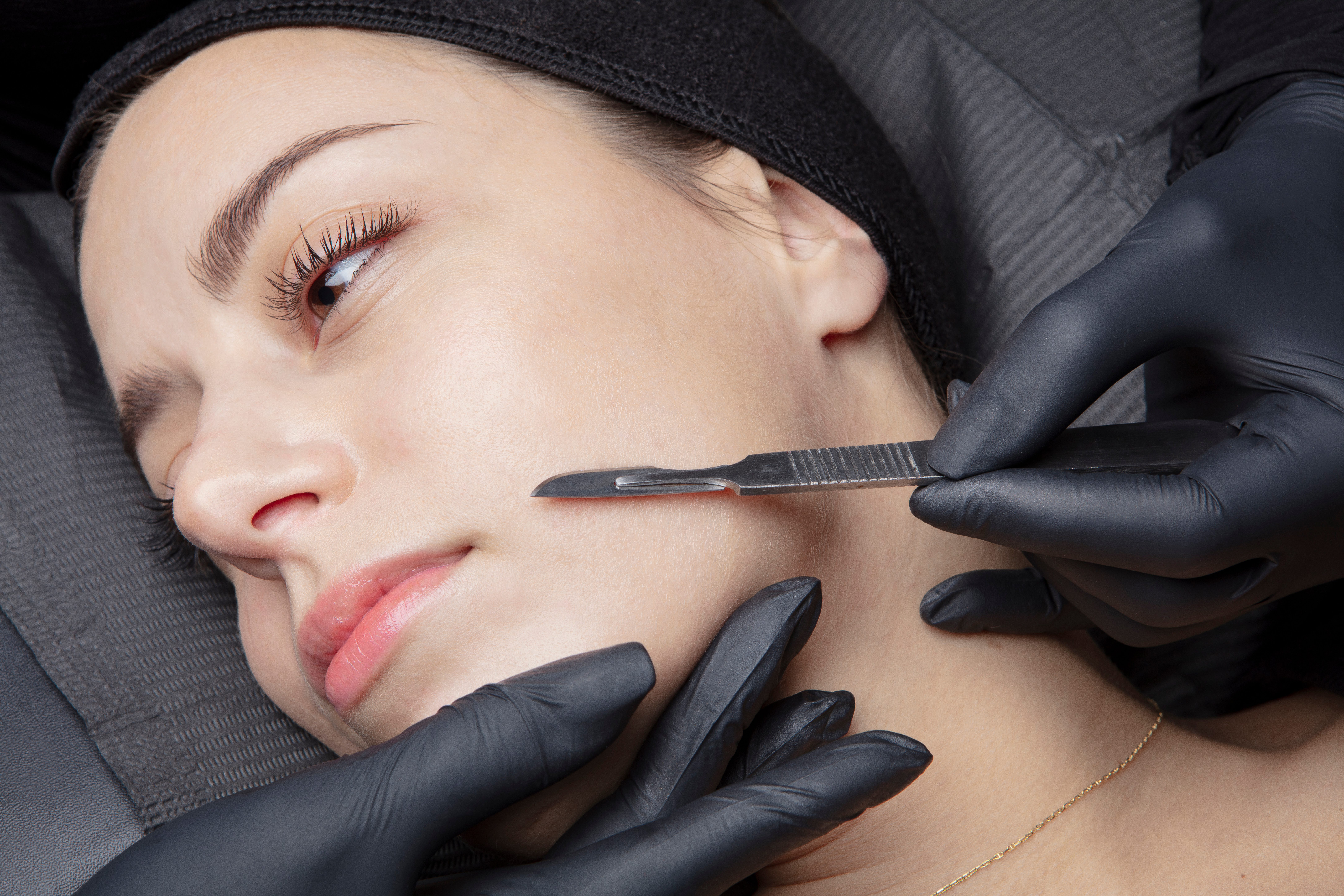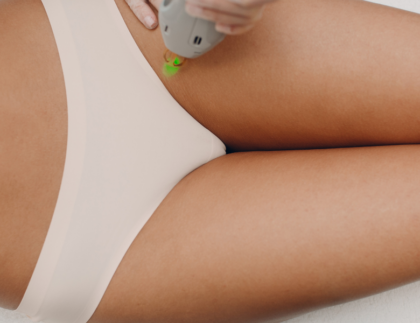
Are you looking for a way to give your skin a boost and leave it feeling smooth, radiant, and glowing? If so, dermaplaning might be the perfect solution! Dermaplaning is an exfoliating skincare treatment that removes dead skin cells, any peach fuzz on your face, as well as dirt and oil buildup. Read on to learn all about this popular skincare procedure – from what it is exactly to its benefits (yes – there’s more than one!), plus how often you should do it!
Dermaplaning is an exfoliating skincare treatment that uses a very sharp, medical-grade scalpel to gently scrape away the surface layer of dead skin cells from your face. This also removes any peach fuzz or fine hairs from the top layer of your skin – leaving it incredibly smooth and free from build-up. It’s important to note that dermaplaning does not involve cutting into deeper layers of the skin – just the top level!
The entire process of getting the treatment is simple and safe. It involves using a sterile, single-use blade, which is held at an angle, to gently scrape away any dead skin cells and fine facial hair (known as “peach fuzz”). The practitioner then cleans the area with a warm cloth and applies a toner or moisturizer to soothe the skin. Dermaplaning can be done on areas of the face including around the eyes and mouth, but not on active breakouts.
When it comes to benefits, dermaplaning can help reduce the appearance of wrinkles and fine lines, as well as acne scars. It can also help to refine pores, reduce the appearance of dark spots and hyperpigmentation, and smooth out the skin’s texture. Those with excess facial hair may find that it eliminates their need for waxing or plucking. Dermaplaning also provides deeper product penetration, resulting in more potent results from any skincare products used afterward.
Dermaplaning is generally safe when performed by a qualified professional, however, it can pose some risks including skin irritation, breakouts, infection if proper hygiene techniques are not followed, and even scarring or hyperpigmentation. It is important to note that dermaplaning should not be done on clients with active acne or any open lesions as this increases the risk of infection. Additionally, individuals who have extremely sensitive skin may find that dermaplaning causes redness and irritation. If any of these risks occur after having the procedure done, contact your doctor or dermatologist right away.
The number of times you need to have dermaplaning treatments depends on the individual and their skincare needs. Generally speaking, most people should plan to do dermaplaning treatments once every four weeks for optimal results. However, if you have very sensitive skin or are prone to breakouts, you may need to space out your treatments more. Always consult with a professional esthetician or doctor first!
Overall, dermaplaning is a great way to give your skin a boost and leave it feeling smooth, radiant and glowing. It’s non-invasive and simple with amazing results. At Denude Med, we’re committed to helping our clients achieve beautiful skin by providing customized treatment plans along with amazing pre & post-care services. Contact us today and look forward to having a beautiful glowing skin that feels mesmerizingly smooth!









